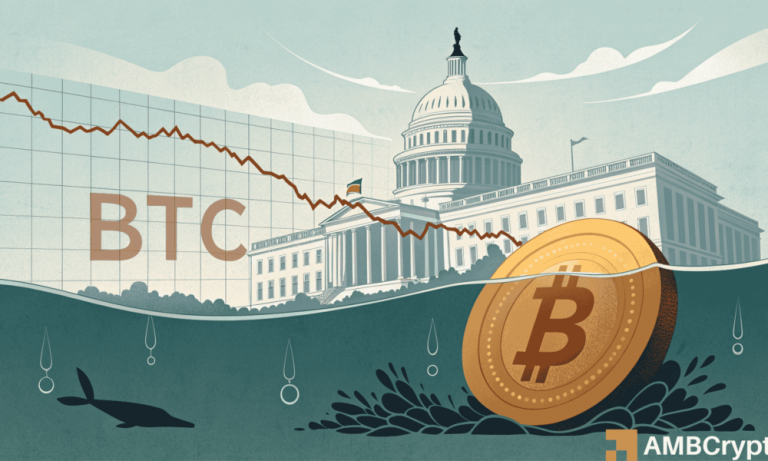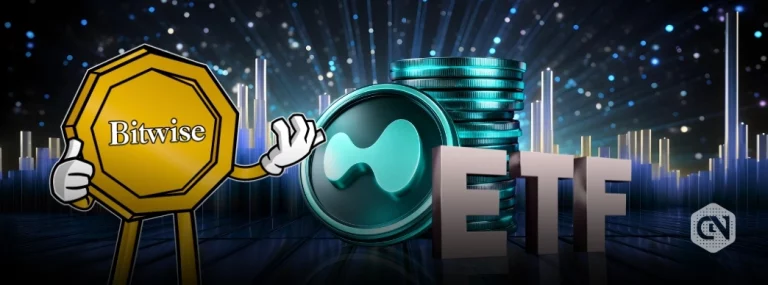
Why Quantum-Resistant Tokens Are Transforming the Crypto Landscape
The cryptocurrency world has entered a new era with the rise of quantum-resistant tokens. As of late 2025, these tokens have reached a market capitalization surpassing $9 billion, with daily trading volumes pushing beyond $1.5 billion. But what’s driving this quantum leap in the crypto industry?
Vitalik Buterin, Ethereum’s co-founder, recently issued a stark warning about the threats posed by quantum computing. According to Buterin, quantum advancements could potentially compromise the cryptographic security that underpins most major blockchains, such as Bitcoin and Ethereum. This growing concern has catapulted quantum-resistant cryptography into the spotlight, setting the stage for its widespread adoption by 2026.
What Are Quantum-Resistant Tokens?
Quantum-resistant tokens utilize advanced cryptographic methods, such as hash-based and lattice-based algorithms, to protect against potential attacks from quantum computers. Unlike traditional blockchain cryptography, which relies on elliptic curve protocols, these tokens employ innovative techniques validated by reputable institutions like the National Institute of Standards and Technology (NIST).
Leading players in this space include Zcash (ZEC), Starknet (STRK), Quantum Resistant Ledger (QRL), Abelian (ABEL), and Nervos Network (CKB). For example, Zcash has recently introduced a shielded-balance verifier, enhancing privacy and security against potential quantum threats. As of November 2025, ZEC is trading at $512.34, showcasing a 10.7% market gain.
Why the Quantum-Resistance Movement Matters
The looming threat of quantum computers capable of breaking modern encryption is very real. Buterin highlighted this during a keynote session at the 2025 Devconnect conference, referencing platforms like Metaculus that estimate a 20% likelihood of such quantum breakthroughs by 2030. If realized, this technology could potentially compromise blockchain security and user data privacy globally.
Quantum-resistant protocols offer a proactive solution to these risks. Governments and regulatory bodies have also taken note, with NIST approving post-quantum encryption methods like HQC (Hamming Quasi-Cyclic), Dilithium, and sphincs+, offering blockchain developers robust security options.
Looking Ahead to 2026
As 2026 approaches, quantum resistance is already being touted as the “next big narrative” in the cryptocurrency sector. With speculative interest on the rise, tokens such as QRL, QANX, and CKB are experiencing heightened investor activity. However, debates remain regarding whether quantum resistance is a genuine technological necessity or merely a speculative trend driving valuation spikes.
Markets often respond to anticipated threats and opportunities, but the interplay between real-world adoption and narrative-driven hype can blur the lines. Regardless, the quantum-resistant movement has laid a solid foundation for future innovation, making these tokens a promising focus for investors.
The Best Quantum-Safe Products to Explore
If you’re concerned about privacy and blockchain security, investing in trusted quantum-resistant tokens is only the beginning. You can also explore wallet solutions designed for enhanced protection, like the Ledger Nano X. Check out Ledger Nano X for quantum-resistant cryptocurrency storage that ensures your assets remain safe, even as technology evolves.
As the discussion around quantum computing and cryptography intensifies, staying informed and prepared is crucial. Keep an eye on this evolving sector as we move closer to a new era of post-quantum blockchain security!



